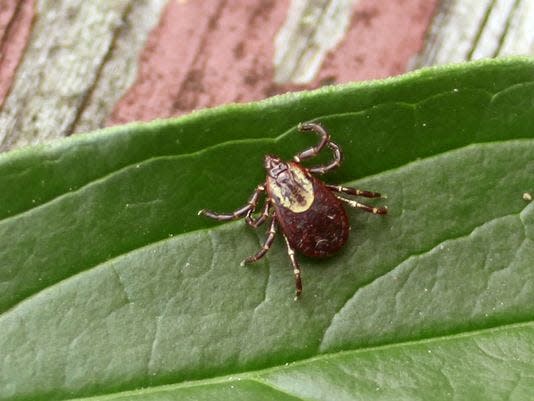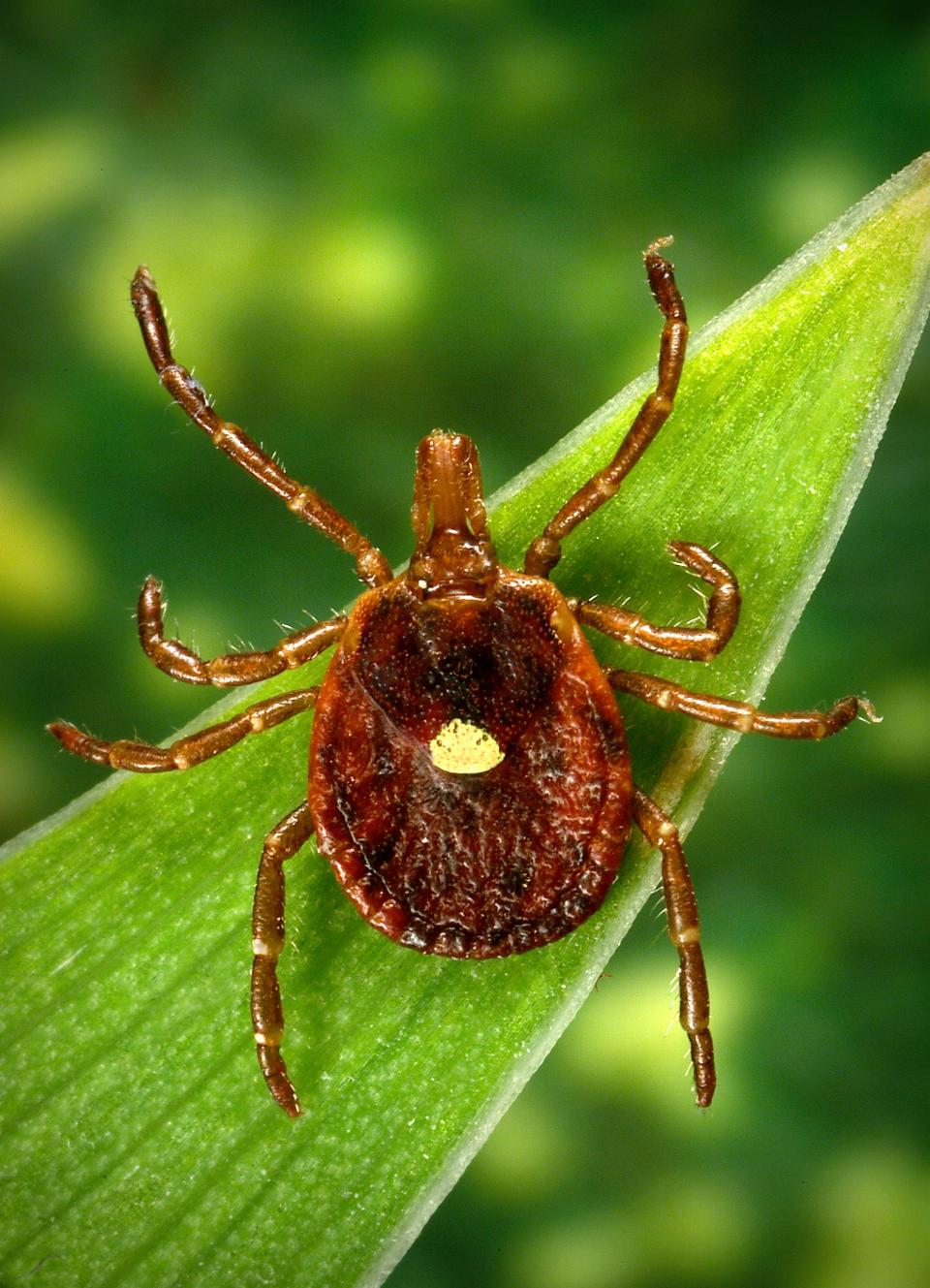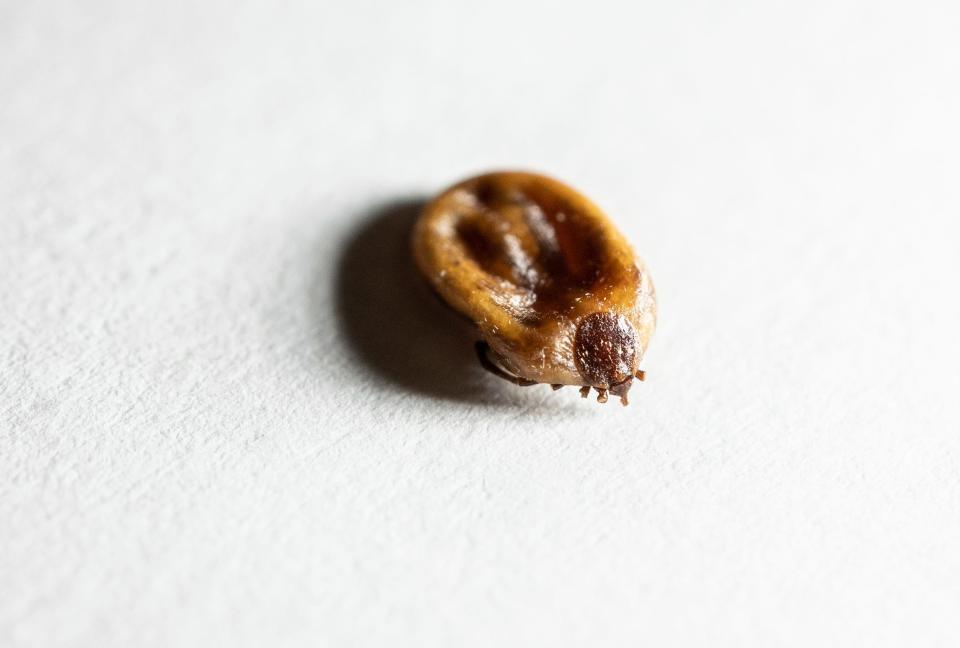Tick season is expected to be worse than ever in Michigan
Ticks are on the move this spring, and watch out — tick activity is climbing as the climate changes. Mild winters and summer heat mean a longer tick season with an early start, according to experts. This year, Michigan saw tick activity in March, earlier than the typical peak.
As tick season sets in across Michigan, let's take a look at the parasitic arachnids and what you need to know to stay safe from tick-related diseases this season.
Tick season
Tick activity in Michigan typically increases between April and September, during the warmer months. However, tick season began earlier than usual this season, including winter activity, due to mild winter weather. Several common types of ticks can be found in Michigan this season, including:

American dog tick: Active from May to November in Michigan forests and grassy areas.
Blacklegged tick: Present on low forest vegetation and along human and animal trails throughout the state.

Lone star tick: Sometimes present in wooded and grassy areas across Michigan.
Woodchuck tick: Also known as the groundhog tick, it is often found on pets near dens of skunks and woodchucks throughout the state.

Brown dog tick: Survives and breeds indoors, and associated with kennel, shelter and breeding facilities. Occasionally present in the state.
The risks
Michigan is home to more than 20 tick species and some may transmit dangerous bacteria, viruses or parasites, according to the Michigan Department of Health and Human Services. Each category of common tick types pose risks for biting humans and animals, potentially transmitting such infections to its victims.
Ticks, which live by feeding off of the blood of mammals and birds, commonly spread Lyme disease, and also rarer diseases such as Rocky Mountain spotted fever, deer-tick virus, anaplasmosis and more.
How to stay safe
Preventing tick bites can ensure you and your pets don't face the risks of infection. Follow these guidelines to avoid ticks:
Stay on well-groomed trails
Avoid areas of high grass, brush and fallen leaves
Wear light-colored clothing
Remove ticks from clothing before returning indoors
Shower soon after returning indoors
Use insect repellents on clothing and skin
After a bite
If you or your pet get bitten by a tick, there are some steps you can take to prevent further infection. Remove the tick with fine-tipped tweezers, grabbing the tick close to the skin. Pull the tick out with the tweezers, applying even pressure. Disinfect the bite area with rubbing alcohol or soap and water after removal.
This article originally appeared on Detroit Free Press: Tick season in Michigan: Types, risks, how to stay safe

